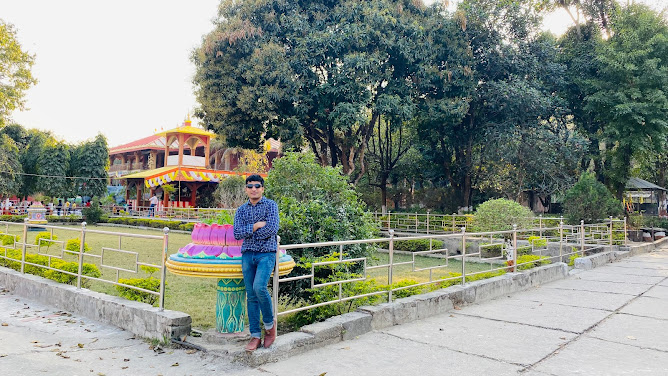The aid industry encompasses the provision of assistance, relief, and resources to developing countries in the form of money, goods, or services. This essay explores the concept of foreign aid and identifies the key actors involved in its delivery. Foreign aid refers to the transfer of resources from donors to recipients on an international scale, including capital, credits, grants, skills, technical expertise, and services. It can be categorized into military aid, humanitarian aid, and development aid. The actors of aid include public actors (bilateral and multilateral institutions), private actors (philanthropic organizations, NGOs, and FBOs), and other actors (such as banks, companies, and academic and research institutions).
Foreign Aid: Definition and Categories
Foreign aid is the international transfer of resources from donors to recipients with the aim of supporting development and addressing various challenges. It encompasses financial assistance, technical expertise, capacity building, and other resources to aid recipient countries in their progress. Foreign aid can be divided into three main categories:
(1) Military Aid: This form of aid involves the provision of military equipment, training, or support to recipient countries. It aims to enhance their defense capabilities, promote stability, or strengthen bilateral relationships.
(2) Humanitarian Aid: Humanitarian aid focuses on providing relief and assistance to alleviate the suffering caused by natural disasters, conflicts, or other emergencies. It includes the provision of food, shelter, medical supplies, and other essential services to affected populations.
(3) Development Aid: Development aid aims to promote long-term sustainable development in recipient countries. It includes financial resources, technical assistance, capacity building, and knowledge transfer in various sectors such as education, healthcare, infrastructure, agriculture, and economic development.
There are three categories of actors in the aid industry- public actors, private actors, and other actors. A brief introduction to each category is provided below.
A. Public Actors
(1) Bilateral Organizations: Bilateral development cooperation (BDC) refers to government agencies of donor countries that provide development assistance to partner countries. These organizations, mostly from Organization for Economic Co-operation and Development - Development Assistance Committee (OECD-DAC) member countries, include the Danish International Development Agency (DANIDA), the United States Agency for International Development (USAID), the Japan International Cooperation Agency (JICA), and emerging donor countries like Brazil, Russia, India, China, and South Africa (BRICS). They deliver aid based on bilateral relationships, focusing on strategic interests, and often have accountability mechanisms in place. However, there may be challenges such as political self-interest, dependency creation, short-term aid approaches, and conditionality attached to the aid.
(2) Multilateral Organizations: Multilateral development cooperation involves government agencies that play a leading role in coordinating and implementing aid programs in partner countries. Organizations such as United Nations Development Programme (UNDP), European Union (EU), World Health Organization (WHO), and the World Bank are examples of multilateral actors. They focus on development-oriented approaches, community-based assistance, and long-term aid stability. Multilateral organizations are less tied to political self-interest but may face challenges like corruption, lack of transparency, and the complexity of coordinating diverse stakeholders.
B. Private Actors
(1) Philanthropic Organizations: Philanthropy involves individuals or foundations donating resources to charitable organizations for social welfare and development. Actors like the Bill and Melinda Gates Foundation operate as philanthropic organizations. Philanthropy can complement official aid efforts and provide assistance when traditional aid falls short. However, challenges may include the influence of corporate interests, lack of transparency, and the potential use of aid to boost business objectives.
(2) Non-Governmental Organizations (NGOs): NGOs are independent, non-profit organizations that operate outside of government control. Examples include Action Aid and Plan International. NGOs often possess specialized knowledge, grassroots connections, and flexibility in their approach to aid. However, challenges may arise regarding limited resources and capacity, political influence, and potential corruption within the organization.
(3) Faith-Based Organizations (FBOs): FBOs are non-profit organizations grounded in religious beliefs or affiliations. Examples include the Adventist Development and Relief Agency (ADRA). FBOs often have strong community ties, lower costs for beneficiaries, and a focus on performance. However, weaknesses may include weak governance, lack of transparency, and potential religious conflicts.
C. Other Actors
Apart from public and private actors, other entities also play a role in the aid industry. Banks and financial institutions provide loans and financial mechanisms to support development projects. Companies may engage in corporate social responsibility initiatives or partnerships with aid organizations. Academic and research institutions contribute knowledge, expertise, and research findings to aid projects, fostering evidence-based approaches and innovative solutions.
Conclusion: The aid industry encompasses a diverse range of actors, both public and private, involved in delivering foreign aid. These actors play a crucial role in providing financial resources, technical expertise, and humanitarian relief to recipient countries. While each category of actors brings unique strengths and weaknesses to the aid landscape, collaboration and transparency are essential for effective aid delivery. By understanding the roles and challenges of the actors involved, we can work towards improving the efficiency, impact, and sustainability of foreign aid programs and strive for positive change in the developing world.












